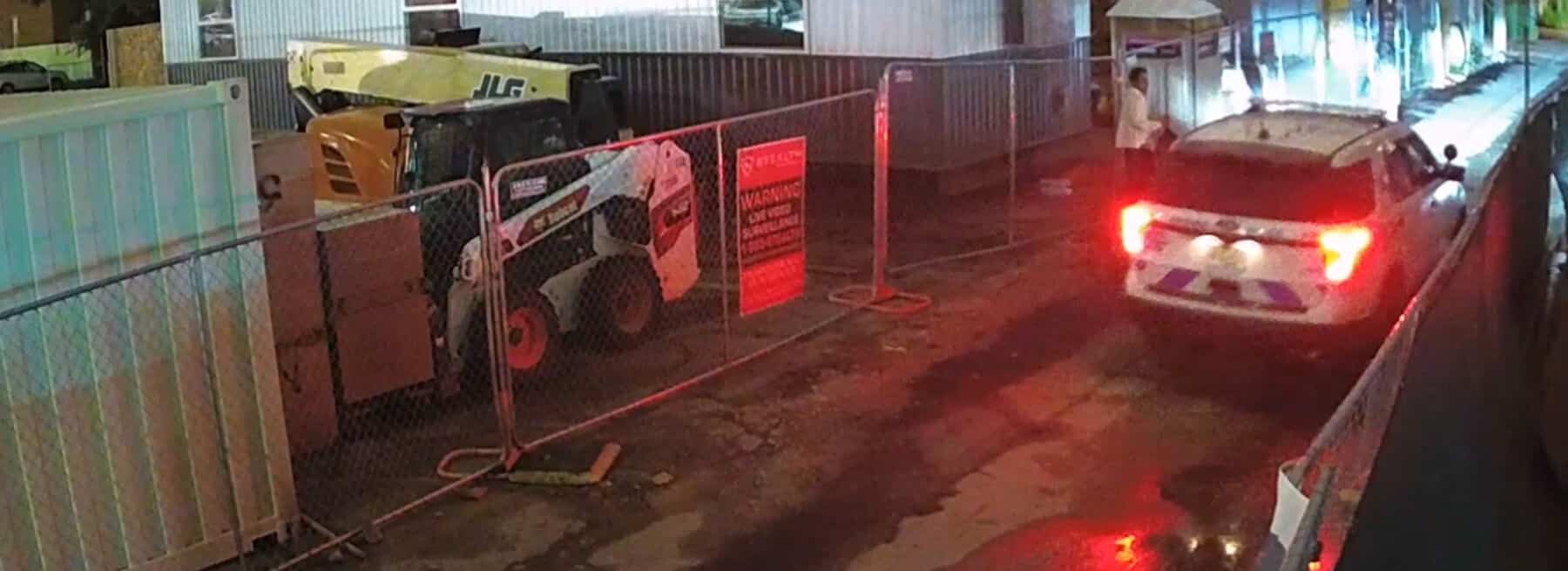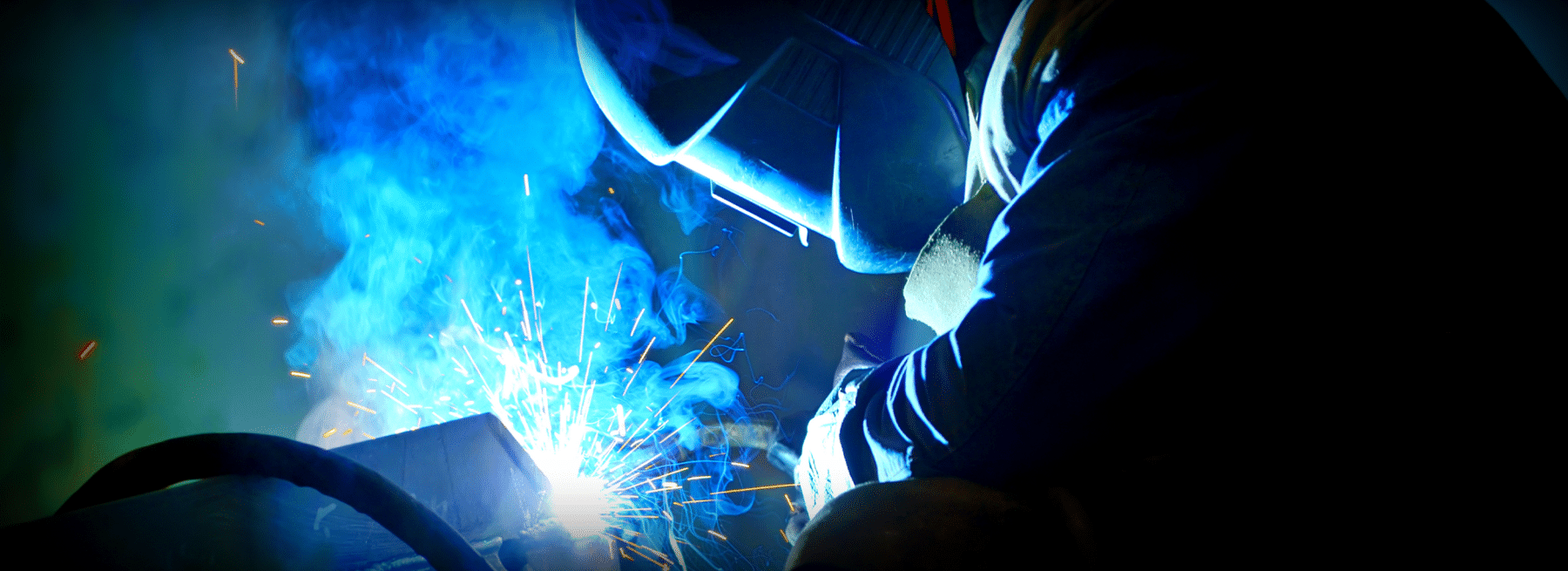Just when businesses thought they were safe from copper theft, it picked up again. Copper theft has reared its ugly head again across the U.S. and Canada. A Recycling Today story says a victim in Michigan claims the copper wire chops they had stolen were valued at almost $200,000. Shortly after, another in St. Louis had three copper cable spools pilfered, which were worth $300,000. The story also reveals copper thefts also occurred in Maryland and Ohio.
Why are thieves targeting copper again and what’s causing its rise in cost and mass export? The value of copper has been climbing in recent months. An industry analyst tells Recycling Today that the root cause is unknown. The analyst predicts copper could be worth $18 per pound. Several believe the cause of the rise in pricing could be due to traders’ arbitrage opportunities.
This is a serious problem that affects safety. In Minnesota, thieves took copper wire from streetlights. MPR News reports the theft has led to the death of a resident and dog. They were crossing the street in the darkness caused by the lack of copper wire.
These thefts have caused more than 2,000 St. Paul streetlights to go out. It cost the city more than $1 million to rewire the lights. The mayor says city staff are falling behind in repairing the public infrastructure due to the large number of outages. It’s not just the streetlights being hit. Criminals have taken all the copper from entire buildings.
The problem is dire enough that the Minnesota legislature has proposed a state bill to curb copper wire theft. It would complement the catalytic converter laws related to the recycling of copper previously passed. The bill states that people selling copper must have a state-issued license.
Canada Telecommunications Fights Copper Theft
Bell Canada, a Canadian telecommunication company, tells The National Post that it has had almost 1,000 security incidents on its network. The majority were related to copper theft. Anytime these thefts occurred, entire communities would lose telephone and internet services for hours.
It’s been a problem since 2022. To fight back, Bell Canada has installed aerial alarms and security cameras to protect its communications infrastructure. The company has requested the government to tackle growing copper theft by instituting security protocols.
They also want to require recyclers to record all transactions and not accept cash to prevent anonymous sales. The hope is that it would put up barriers for copper cable criminals when they try selling the stolen cables. However, there are concerns this will force law-abiding customers to buy from an unregulated business.
And finally, Bell Canada wants the government to change how suspects are charged for copper theft. They believe stealing copper cable that affects the communications infrastructure should require harsher charges.
What’s interesting is that stealing copper cables is dangerous. A suspect tried to break into a substation and ended up with third-degree burns. Crooks don’t realize how unsafe it is to tamper with copper cables. The company plans to replace copper cables with fiber optics. But this will take time to happen.
How Serious Is Copper Theft?
If these stories don’t show the gravity of copper theft, maybe this one from Oklahoma will. Wired shares the tale of a representative from a utility company “discovering that meters and meters of inches-thick coaxial copper cable had apparently been stolen from the stricken mast, ripped out with power tools.”
The story confirms the value of copper has gone up by approximately 30% in five years. The prices aren’t nearly as bad as the 200% cost increase that happened during the pandemic. Nonetheless, savvy thieves have found ways to steal large swaths of copper cables.
These thefts cost far more than the price of the cables. They’re bringing communities to a standstill and creating unsafe situations like the streetlight outage. Wired says thieves in Alabama swiped the entire radio tower structure. Ben Stickle, a metals expert and researcher, explains these stories sound unbelievable and rare, but they’re not.
Stickle gives an example of how one metal scrapper would look for abandoned buildings on Google. Then, the person would search for pictures and videos from these locations. If there is copper in the images, then the scrapper would head to the abandoned destination to swipe the metal.
Experts predict the problem will grow as more items get electrified. “Stickle and his coauthors estimate that, for every 10 percent rise in metal prices, there’s a 20 percent uptick in thefts of these devices,” writes Chris Baraniuk in Wired.
The exact number of metal thefts is challenging to measure. This is due to the lack of a singular system recording and a way to differentiate these crimes. You can learn how severe material theft is by referring to the ScrapTheftAlert.com tool.
Copper theft is a worldwide problem as the U.K. has instituted an Act that requires scrap metal sellers to present an ID with a photo. Together with the police’s Operation Tornado, they’ve cut metal theft in the U.K. by almost half.
Can businesses and communications companies do anything to protect the infrastructure and copper metals? Fortunately, yes.
What Can Be Done to Stop Copper Metals Theft?
One component to deterring metals theft is to work with the government to institute laws requiring photographic identification when buying and selling copper metals. This isn’t a quick process, but it’s a way to add an obstacle. Many states plan to or have already passed laws to this effect.
Another component that gives companies a way to act in protecting their infrastructure and copper metals. Video surveillance with remote monitoring, a proactive security technology, can help avert copper metal theft and other crimes. The key is in the monitoring that’s done by humans and technology like artificial intelligence and machine learning.
The technology works with trained monitoring operators to help identify a potential crime about to happen. They achieve this by noticing unauthorized people approaching the property and taking action.
Here’s how it works. An intruder approaches a communications infrastructure. Artificial intelligence constantly scans all the cameras for anomalies and unusual scenarios. No one is supposed to be on the property in the middle of the night. So, it alerts the trained human monitoring operator who investigates.
The actions the monitoring operator takes depend on the scenario. In this case, there’s an intruder who should not be on the property. They can start with an audio warning over a speaker.
The monitoring operator works in a safe location elsewhere away from the property. This allows them to respond quickly without fear as their lives are never in danger. If the suspect does not hear or respond to the verbal warning, the monitoring operator can call the police. As the police make their way to the property, the monitoring operator can follow the trespassers’ movements.
You can see this in action:
- Intruders in Toronto eye scrap metal at logistics factory.
- Suspects steal metal from an electrical box at a shopping center.
- Trespasser at a scrap facility arrested.
Video surveillance with remote monitoring does more than deter metal and copper thefts. The security cameras can help the monitoring operator and artificial intelligence spot potential safety hazards, such as materials, equipment, and tools that are not in their proper places.
Companies investing in video surveillance and remote monitoring services can also access all recordings to be used as needed. Businesses can share the footage with police officers and insurance investigators. This helps prevent paying the costs associated with liability lawsuits. Moreover, the videos can help management find opportunities for improving operations.
Video Surveillance with Remote Monitoring Can Yield a Fast ROI
Companies that work with an experienced monitoring service like Stealth Monitoring often achieve a return on their investment within months. It’s not easy to determine the return on security investment. However, it’s possible to think about the costs of stolen items along with the side effects of a crime.
Consider the telecommunications company dealing with the massive copper thefts. They’re struggling to keep up with repairs. During this time, homes and businesses affected by the outage will have their lives disrupted. The public will not blame the theft for the outages. They blame the company behind the telecommunications service. Therefore, the company’s brand reputation is at risk.
Too many businesses learn the hard way. They think nothing will ever happen, but it does. This is the time to act. They have a responsibility to protect employees and customers. When copper metal is stolen, the company may have to pay a lot more to replace it considering the costs are higher.
The key is to find a company with proactive video surveillance. Traditional video surveillance systems are reactive. This means they don’t do anything until after the crime or damage has happened.
Proactive video surveillance with remote monitoring uses artificial intelligence and trained monitoring operators to watch over the business and infrastructure. AI removes the monotony that comes with watching cameras for hours, which can lead to human errors. However, artificial intelligence cannot work alone.
The human part of the equation is that the trained operator knows how to respond to a situation. They can communicate with those who need to know what’s going on. The other advantage of having humans as part of the monitoring process is that they can call the police after they receive video confirmation of something happening. It helps prevent the cost of false alarms.
Sometimes a problem pops up later. For example, a litigious customer may fake a liability claim in hopes of getting money from the company. Contact the remote monitoring company that can search the video footage to get the needed proof of what happened.
Remote video surveillance proactively helps protect businesses and infrastructures. It can help organizations avoid spending money on replacing and fixing broken things. Check out this case study on how video surveillance with monitoring reduces theft and accidents for one client. For a customized security solution that fits your budget and requirements, contact us.
Texas Private Security License Number: B14187
California Alarm Operator License Number: ACO7876
Florida Alarm System Contractor I License Number: EF20001598
Tennessee Alarm Contracting Company License Number: 2294
Virginia Private Security Services Business License Number: 11-19499
Alabama Electronic Security License # 002116
Canada TSBC License: LEL0200704





